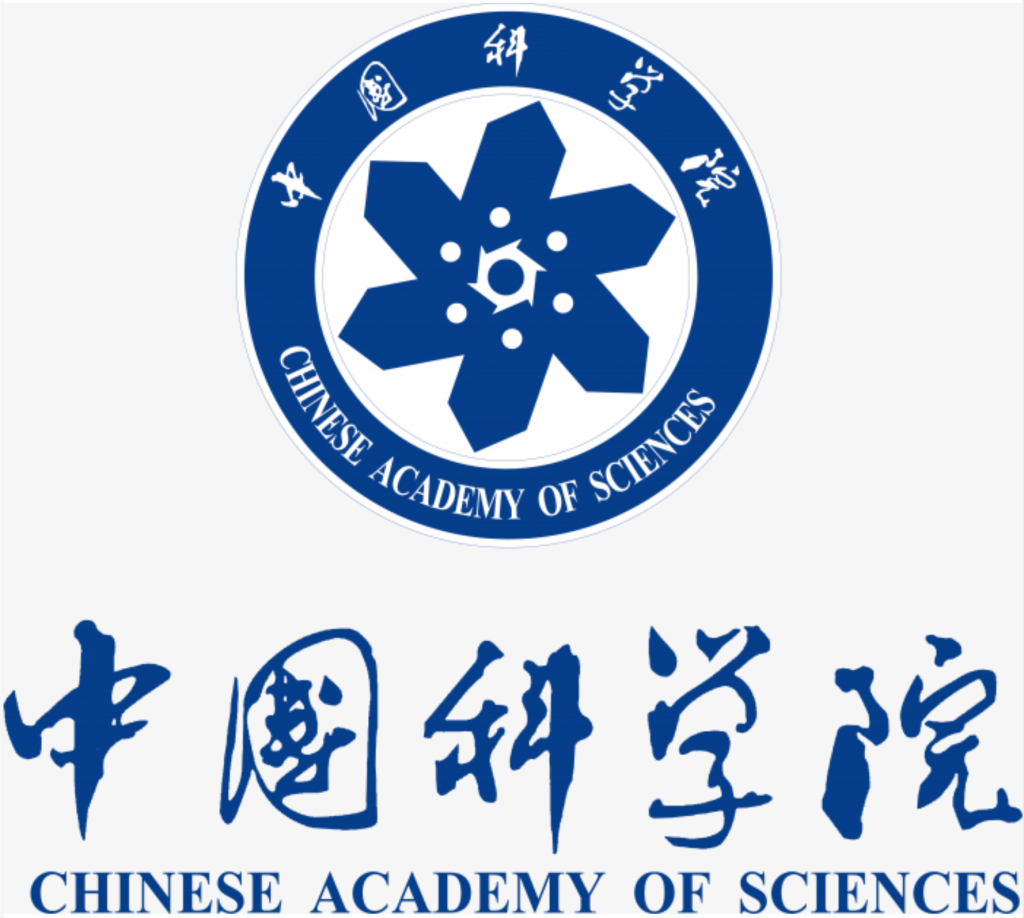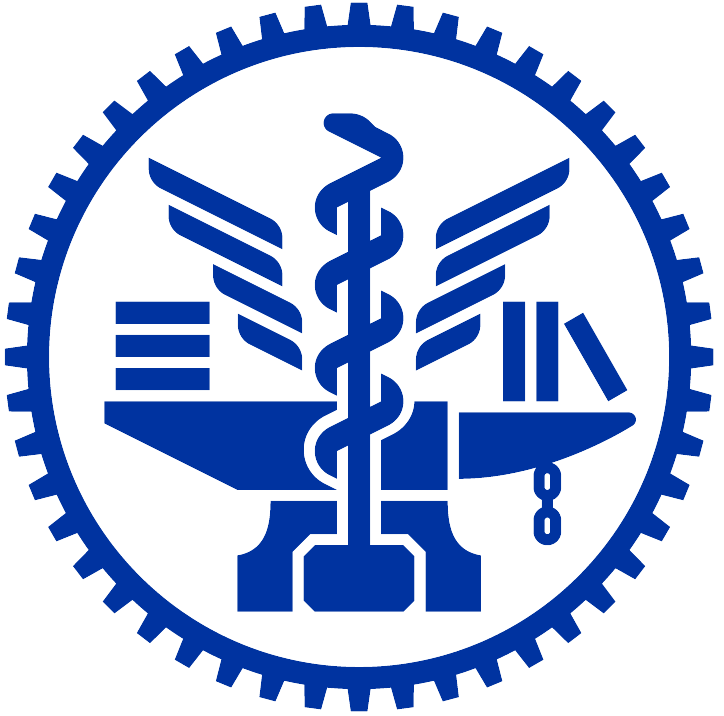The 12th International Workshop on TibXS
Tibet, Xinjiang and Siberia (TibXS) are the regions of scientific interests of this workshop. In the previous eleven TibXS workshops and this workshop, we discuss a number of issues over TibXS, including but not limited to hydrological change, crustal deformation, regional gravity field and variation, mass migration and redistribution, geodynamic and cryospheric processes and climate change, based on various observations from space-borne and terrestrial sensors. To date, GRACE has provided 15 years of time-varying gravity fields in TibXS, which has been extended by its follow-on mission launched in 2018. Other sensors are also providing long-term data that can decipher geodynamic and climate signals at time scales ranging from month to decade.
As the multiple-type data volumes in TibXS grow, advanced techniques in signal processing are needed to effectively extract targeted signals. Cross-correlations between different data types are important keys to finding the interplay between the data, and to understanding the cause and effect of interested phenomena. In the meeting, we encourage presenting the latest research achievements as well as potential ideas, suggestions and original and challenging insights in science. The following subjects are accepted (but not limited to): hydrological change over river basins, lake level variation, crustal deformation and its mechanism, mountain glacier change, atmospheric circulation in TibXS, time-frequency signals applications in geodesy, geopotential and orthometric height determinations, unification of world height datum systems. The Scientific and Local Organizing Committee welcome world scientists to attend the meeting.
Topics of the workshop
- Long-term monitoring of surface processes from satellite altimeter such as TOPEX-Jason-1 and 2, ERS-1, -2, ENVISAT, Cryosat-2, Sentinel-3 and SWOT
- Results of satellite and terrestrial-based gravimetric observations
- Results of GNSS observations, GNSS meteorology and ionosphere
- Regional hydrology, vertical displacement, glacier change, lake level change and their interpretations from altimeter, GNSS monthly GRACE fields and gravimeters
- Various applications, geophysical interpretations and consequences of gravity, GNSS, satellite altimetry and seismic observations
- SAR and LiDAR detections of surface deformation, especially over TibXS
- Crust structure and density refinement especially in the region TibXS using multi-datasets
- Earth rotation modeling and Earth rotation parameters estimates based on various observations
- Temporal gravity fields, mass migration and strain/stress fields
- Time-frequency signals applications in geodesy
Venue: Kashgar (Kashi), Xinjiang, China
Organized and sponsored by
- College of Earth and Planetary Sciences, University of Chinese Academy of Sciences, Beijing, China
- School of Geodesy and Geomatics / Key Laboratory of Geospace Environment and Geodesy, Wuhan University, Wuhan, China
- Department of Civil Engineering, Yang Ming Chiao Tung University, Hsinchu, Taiwan
- Subcommission 2.6 and Subcommission 2.4e of International Association of Geodesy (IAG)



